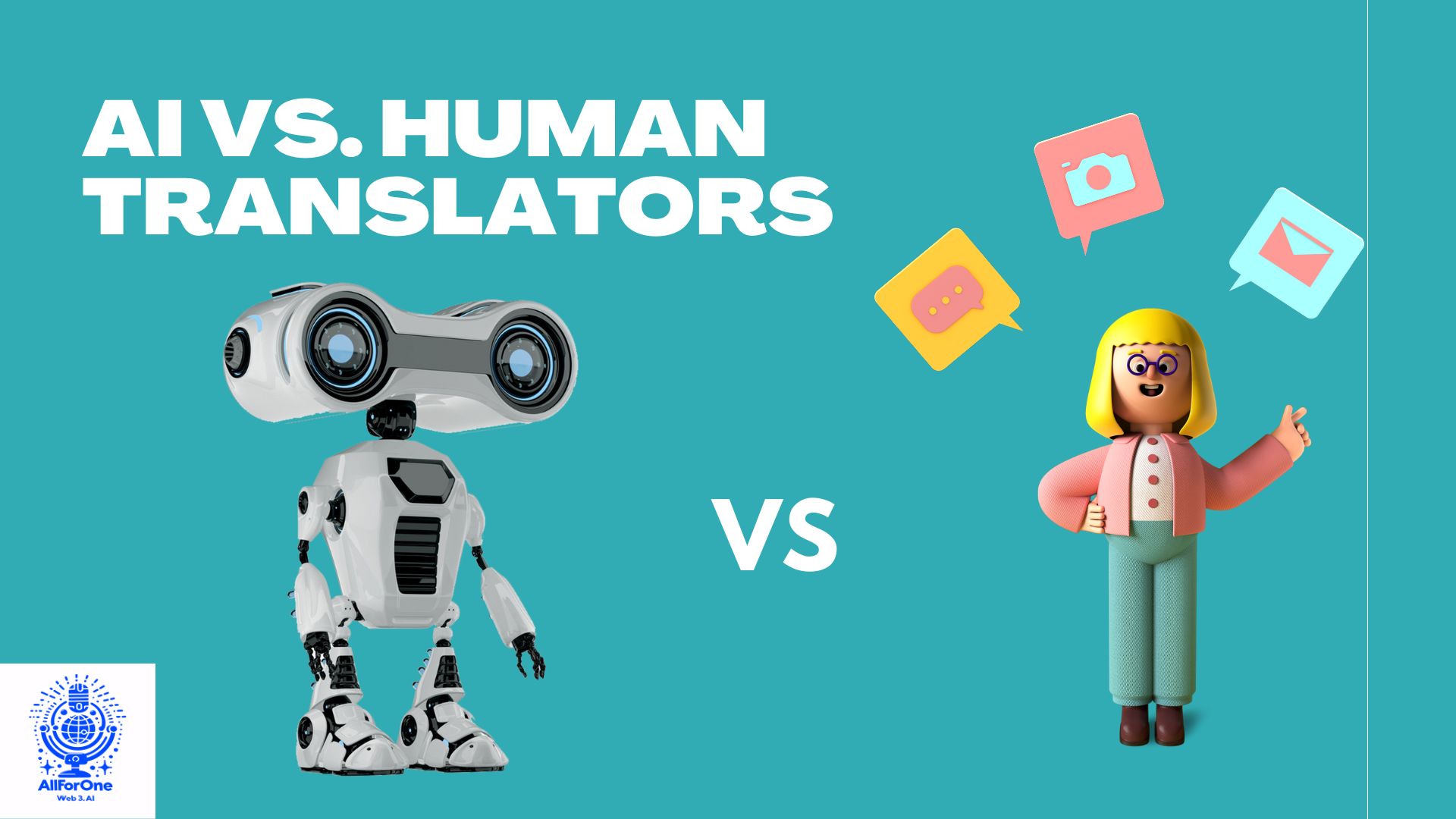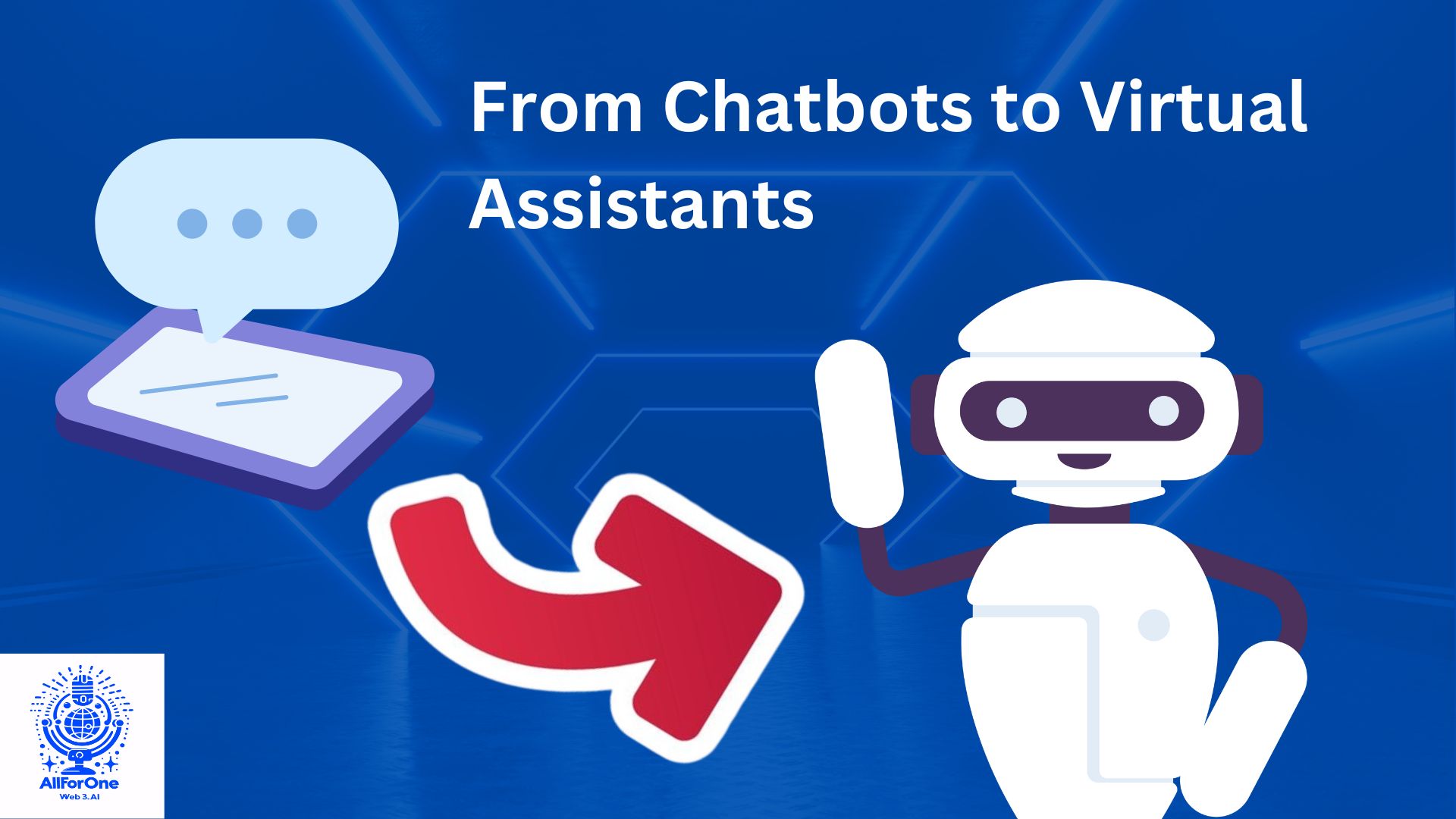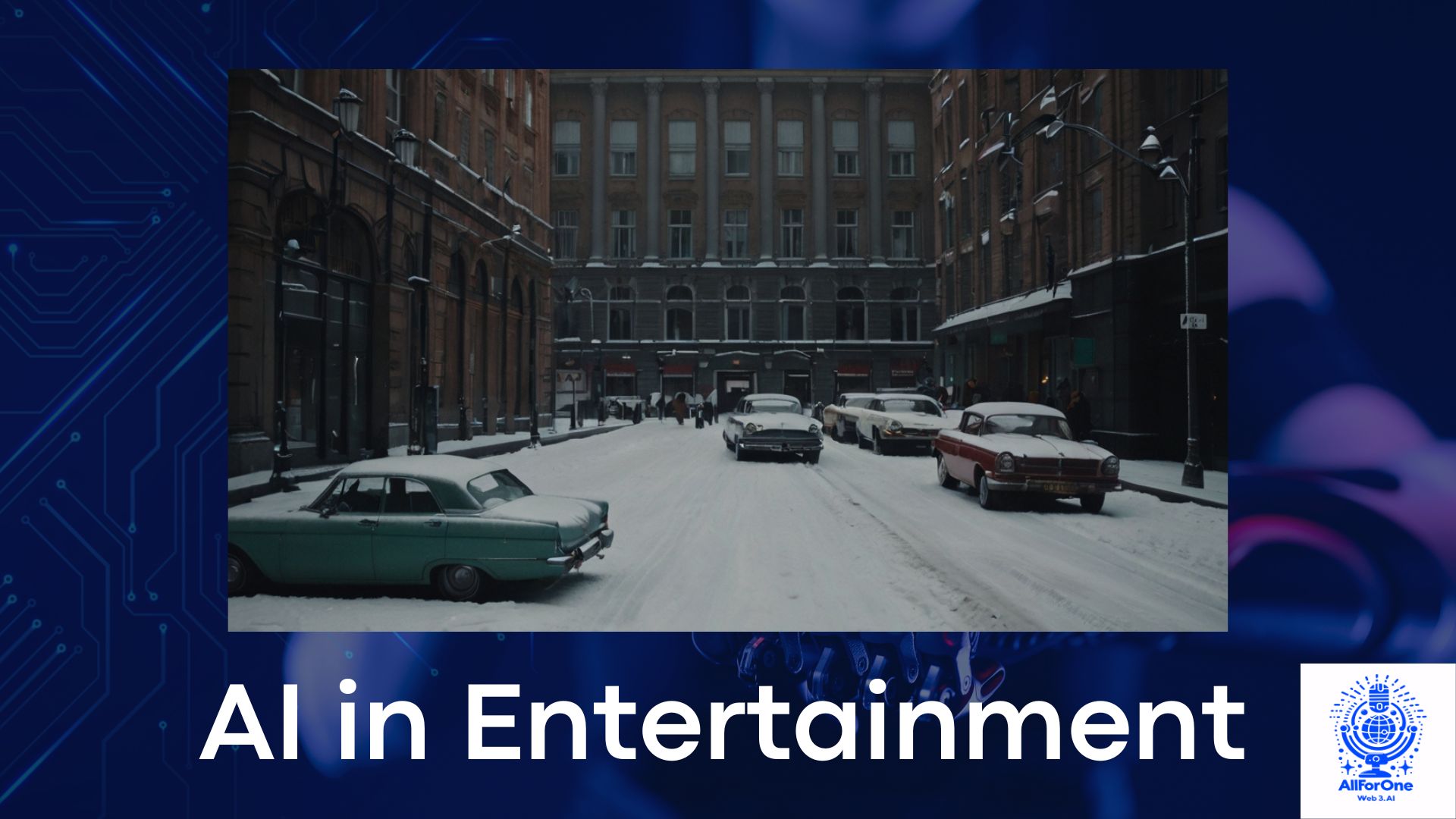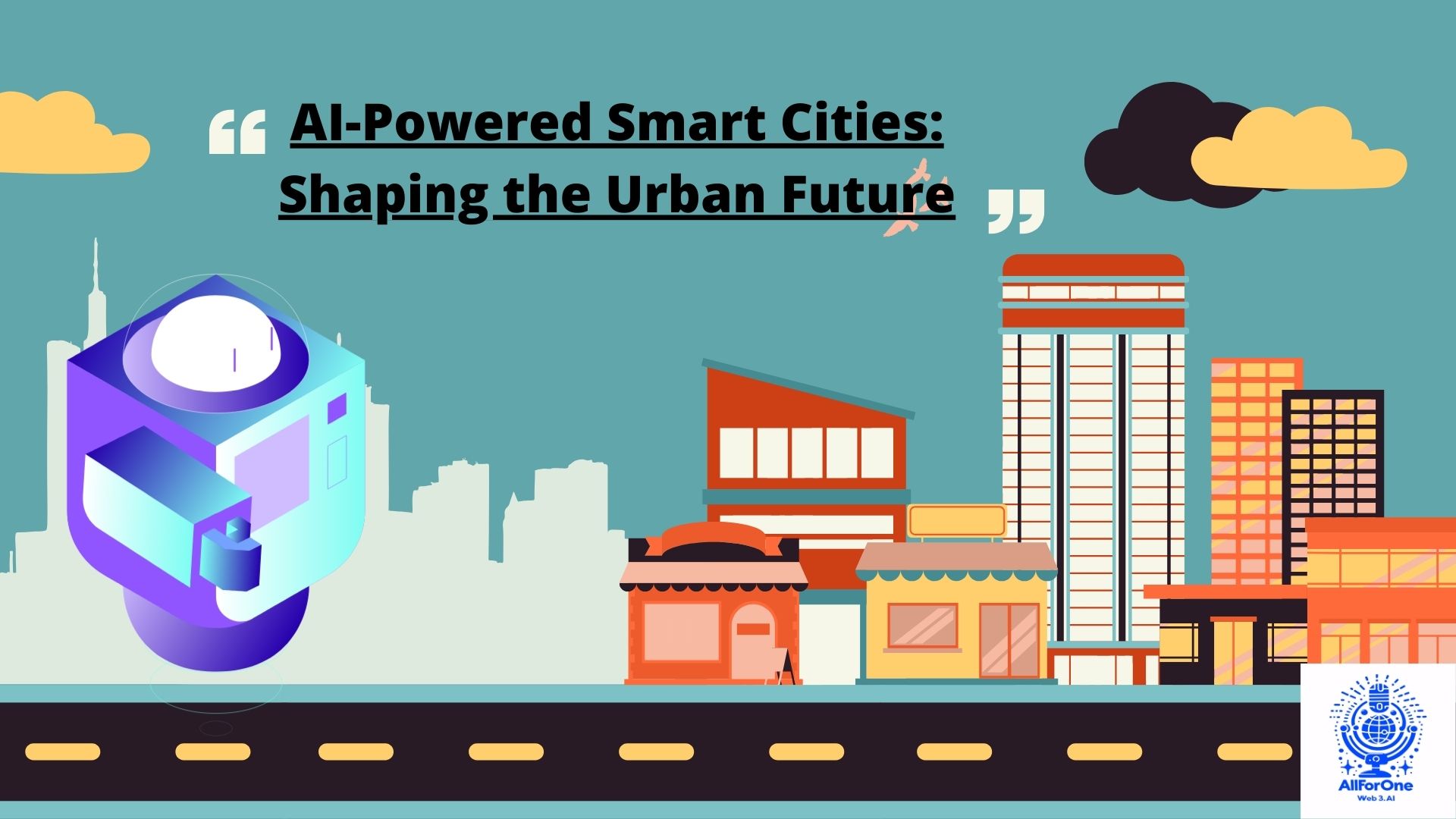In today’s globalized world, the need for effective communication across language barriers has never been more critical. As businesses, governments, and individuals increasingly engage in cross-border interactions, the demand for accurate, efficient, and affordable translation services has surged. Traditionally, human translators have been the backbone of this industry, providing nuanced and culturally sensitive translations. However, the advent of Artificial Intelligence (AI) has introduced a new player into the arena: AI-powered translation tools.
This article explores the ongoing debate between AI and human translators, examining the strengths and limitations of both. We will delve into how AI is transforming the translation landscape, the scenarios where human translators still excel, and what the future holds for language services in this new age of technology.
The Evolution of Translation Services
Traditional Human Translation
Human translation has a long and storied history, dating back thousands of years. Human translators bring a deep understanding of context, cultural nuances, idiomatic expressions, and tone to their work. They are capable of interpreting not just the literal meaning of words, but also the intent and emotion behind them. This ability to understand and convey subtle differences in meaning is crucial in fields like literature, legal documents, marketing materials, and diplomatic communications.
The Emergence of AI in Translation
AI-powered translation tools have emerged in the last few decades, with significant advancements in recent years. Early versions of machine translation, like Google Translate, provided basic word-for-word translations, often resulting in awkward or incorrect sentences. However, with the development of neural machine translation (NMT), AI has made significant strides in producing more accurate and fluid translations. NMT systems, such as those used by DeepL, Google Translate, and Microsoft Translator, are trained on vast datasets of bilingual text and use complex algorithms to predict and generate translations.
Strengths of AI-Powered Translation
Speed and Efficiency
One of the most significant advantages of AI-powered translation tools is their speed. AI can process and translate large volumes of text in seconds, making it ideal for tasks that require quick turnaround times. This is particularly useful in business settings, where documents, emails, and reports often need to be translated swiftly to meet tight deadlines.
Cost-Effectiveness
AI translation tools are generally more cost-effective than human translators. Once an AI system is trained, it can translate text at a fraction of the cost of a human translator. This makes AI an attractive option for businesses and individuals who need translation services but may not have the budget for human translators.
Scalability
AI-powered translation systems can handle large-scale translation projects effortlessly. Whether it’s translating a company’s entire website into multiple languages or processing thousands of customer service queries, AI can scale to meet the demands of any project. This scalability is particularly beneficial for global enterprises that need to communicate with diverse audiences across the world.
Consistency
AI translation tools excel at maintaining consistency across large volumes of text. They use the same algorithms and data models for every translation, ensuring that terms, phrases, and style remain uniform throughout. This is particularly useful for technical documents, manuals, and legal texts where consistency is crucial.
Limitations of AI-Powered Translation
Lack of Cultural Sensitivity
While AI has made significant progress, it still struggles with understanding and conveying cultural nuances. Language is deeply tied to culture, and certain expressions, idioms, and references may not have direct equivalents in other languages. Human translators can navigate these complexities by finding culturally appropriate ways to convey meaning, something that AI still finds challenging.
Difficulty with Contextual Understanding
AI-powered translation tools rely heavily on data and algorithms, which can sometimes lead to errors in understanding context. For example, homonyms—words that are spelled the same but have different meanings—can confuse AI systems, leading to incorrect translations. Human translators, on the other hand, can infer meaning from context and make the necessary adjustments.
Limited Creativity
Translation is not just about converting words from one language to another; it’s also about preserving the tone, style, and intent of the original text. This requires a level of creativity that AI currently lacks. While AI can produce grammatically correct translations, it often fails to capture the subtleties that make a piece of writing compelling. This is particularly important in literary translation, marketing, and creative writing, where the way something is said is just as important as what is being said.
Strengths of Human Translators
Deep Cultural Understanding
Human translators bring a wealth of cultural knowledge to their work. They understand the cultural context in which certain phrases are used and can adapt translations to fit the target audience. This cultural sensitivity is essential in fields like marketing, where the goal is to connect with people on an emotional level.
Nuanced Language Interpretation
Human translators excel at interpreting and conveying nuances in language. They can distinguish between different registers, tones, and levels of formality, ensuring that the translation is appropriate for the intended audience. This ability to capture subtle differences in meaning is something that AI has yet to master fully.
Flexibility and Adaptability
Human translators are highly adaptable and can handle a wide range of translation tasks, from technical documents to creative writing. They can adjust their approach based on the specific requirements of a project, something that AI systems, which are limited by their programming, cannot do.
Limitations of Human Translators
Time-Consuming Process
One of the main drawbacks of human translation is the time it takes. Human translators, no matter how skilled, need time to read, interpret, and translate text. This can be a disadvantage in situations where quick turnaround times are essential.
Cost
Human translation services can be expensive, particularly for large projects or specialized fields like legal or medical translation. The cost of hiring a professional translator can be prohibitive for some individuals and small businesses.
Inconsistency
Human translators, like all humans, are prone to inconsistencies. Different translators might interpret the same text in slightly different ways, leading to variations in style, tone, and word choice. While this can sometimes add richness to the translation, it can also lead to issues in projects where consistency is critical.
The Future of Translation: AI and Human Collaboration
The debate between AI and human translators is not about one replacing the other but rather how they can complement each other. As AI continues to evolve, its role in the translation industry will likely expand, but human translators will still be needed for tasks that require deep cultural understanding, creativity, and nuanced interpretation.
AI as a Tool for Human Translators
Many professional translators are already using AI tools to enhance their work. These tools can help with initial drafts, suggest translations for difficult phrases, and check for consistency across large documents. By leveraging AI, human translators can work more efficiently and focus on the more complex aspects of translation that require human insight.
Quality Assurance and Post-Editing
AI-generated translations often require post-editing by human translators to ensure accuracy and fluency. This process, known as Machine Translation Post-Editing (MTPE), combines the speed and efficiency of AI with the expertise of human translators. It allows for faster turnaround times without sacrificing quality, making it an attractive option for many businesses.
Specialized Human Translation Services
As AI takes on more routine translation tasks, human translators may increasingly specialize in areas that require a high level of expertise, such as legal, medical, or literary translation. These specialized fields demand not just linguistic skills but also a deep understanding of the subject matter, something that AI is not yet equipped to handle fully.
Introducing All4One: A Hybrid Approach to Translation
In the evolving landscape of translation services, platforms like All4One are pioneering a hybrid approach that leverages the strengths of both AI and human translators. All4One offers real-time, AI-powered translation for quick and efficient communication, while also providing access to professional human translators for tasks that require a more nuanced touch.
Features of All4One
- Real-Time Translation: All4One’s AI-powered translation engine can handle live audio and video calls, enabling seamless communication across different languages. This is ideal for businesses and individuals who need to communicate in real-time without language barriers.
- Human Translation Services: For projects that require cultural sensitivity, creativity, or specialized knowledge, All4One offers access to professional human translators. Users can choose to have their AI-generated translations reviewed and refined by human experts, ensuring the highest quality.
- Scalability and Flexibility: Whether you need to translate a single document or manage a large-scale multilingual project, All4One’s platform is designed to scale according to your needs. It offers a flexible, cost-effective solution that combines the best of both AI and human translation.
Conclusion
The translation industry is at a crossroads, with AI-powered tools rapidly advancing and human translators continuing to play a crucial role in delivering high-quality, culturally sensitive translations. Rather than viewing AI and human translators as competitors, it’s more productive to see them as collaborators, each bringing unique strengths to the table.
As AI technology continues to evolve, we can expect it to take on more routine and large-scale translation tasks, allowing human translators to focus on areas where their skills are most needed. Platforms like All4One represent the future of translation services, offering a balanced approach that harnesses the power of AI while preserving the artistry and expertise of human translators.
In this new age of language services, the key to success will be finding the right balance between AI and human capabilities, ensuring that the translation process is not only efficient and cost-effective but also accurate, nuanced, and culturally sensitive. The future of translation is bright, and with the right tools and strategies, businesses and individuals can navigate the complexities of a globalized world with confidence.




